Buying watermelon seedlings – what varieties should you buy?
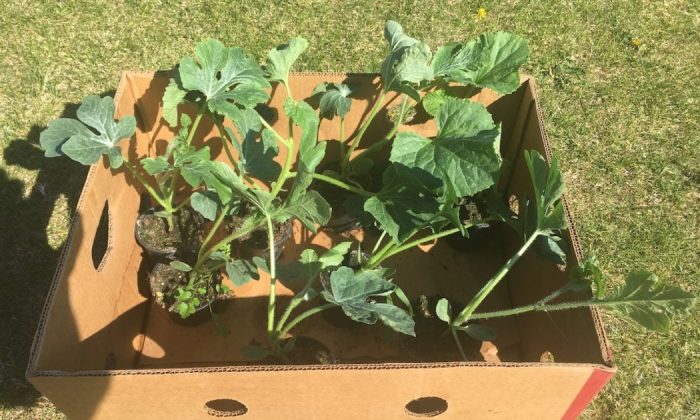
Watermelons and melons… In our climate, melons of any kind are cherished by many. Sitting in your garden in the summer and biting into a juicy watermelon is great. Yes, you can buy a nice watermelon at the store and that is it. All you need is a sharp knife, cut it and enjoy it. But did you know that there are more than twelve hundred different types of melons that you cannot “just” buy? Since the time for planting is coming, you may consider planting some exotic melons in your own garden. Sounds great? Yes, it does.
Despite the large number of different varieties, all melons share the same and important advantage – refreshing, juicy and sweet flesh. Some types of melons have higher sugar content, some are different in colours of the skin and flesh, and of course there are many sizes.
Watermelon is not the most common type
Watermelon is probably the most popular in our corner of the world. It contains more than ninety percent of water and is a welcomed source of water and sugars, but it also contains vitamins and a lot of beta-carotene, iron and manganese. The largest watermelon we know of weighed over one hundred and fifty kilos, but watermelons around 100 kilos are rather common too but the average watermelon weights around five kilos.
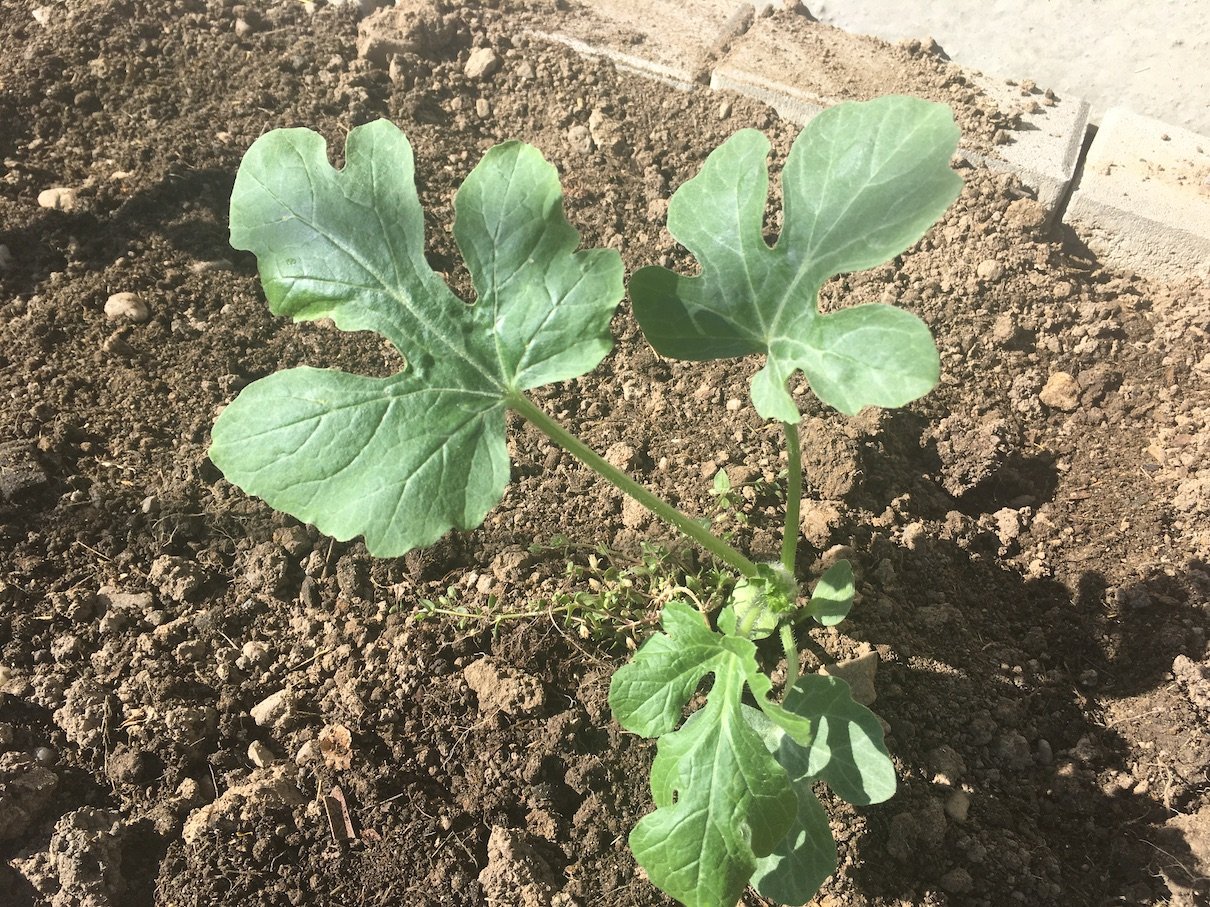
A very sweet melon with a specific taste
The second most common type is the yellow melon, also known as the sugar melon or the canary melon. It has a rather hard, cracked skin and a yellow to orange flesh. Yellow melon comes from Africa or South Asia, and its shoots can grow to one and half meter in length.
Photo: Pixabay
Galia – an elegant variation of the yellow melon
The Galia melon is basically a different type of the yellow melon. It is mostly served alone as a dessert or together with various types of more acidic fruits, such as currants, strawberries or blueberries. It is also suitable for various salads or used in combination with smoked ham, arugula and salmon. But you should definitely try a smoothie made from Galia watermelon, strawberries, banana and white yogurt. It is out of this world!
Photo: Radek Štěpán
Photo: Radek Štěpán
Cantaloupe as a combination of mango and carrot
Cantaloupe, just like other melons, is not actually a fruit, as it might seem due to its distinctly sweet taste and strong aroma. Melons are classified as vegetable and are botanically related to the family of gourd plants (Cucurbitaceae) such as pumpkins or cucumbers. Cantaloupe’s taste is similar to mango or carrot. You can prepare excellent creamy soups and salads with avocado and freshly chopped coriander form cantaloupe.
Piel de Sapo the ancient melon
People have been enjoying and growing melons since the ancient times. They were, and still are, popular mainly in the Mediterranean. The most common melon from this area is called Piel de Sapo – even though it probably comes from India, it came to the west thanks to overseas trade and people began cultivating it – mainly in Egypt, Italy and Greece. The largest producer of this melon in Europe is Spain. It may be translated as a “toad skin” because it is wrinkled and well, looks like a toad. Remember this. When you are sunbathing in your garden or by the pool, do not forget to bring with you an ice-cold cocktail with Caribbean rum and some Piel de Sapo. You will be surprised how refreshing this cocktail is.
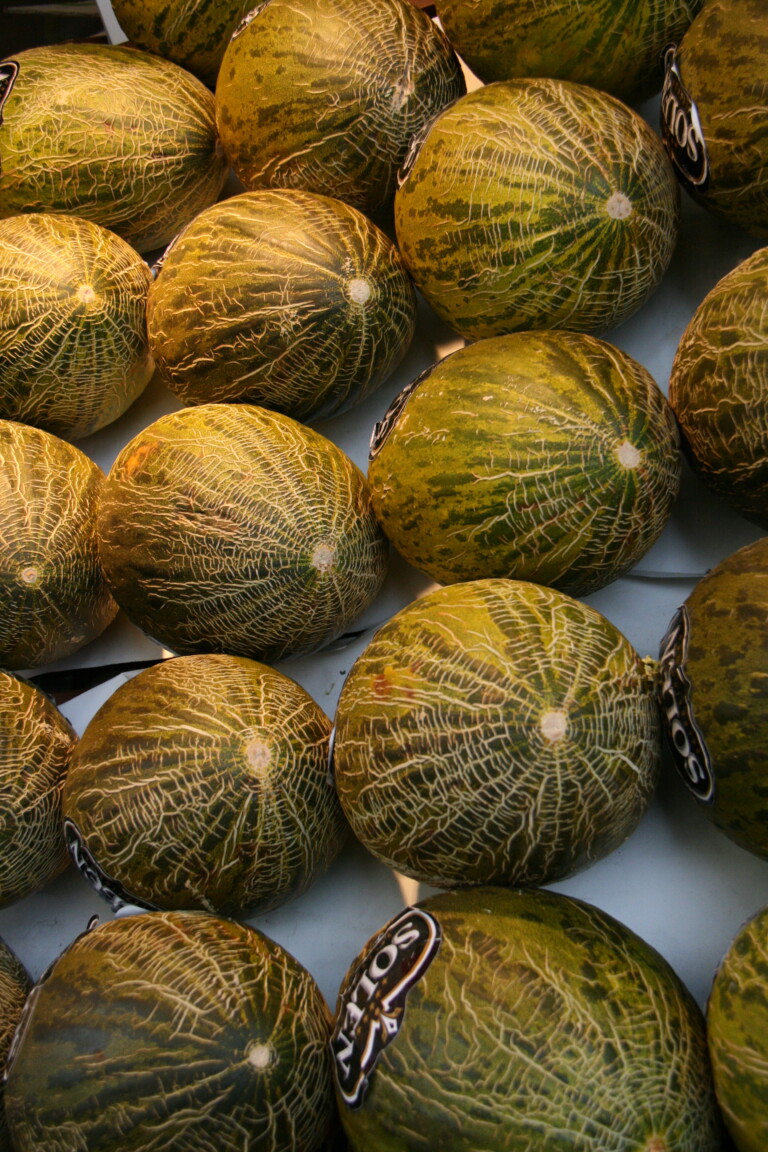
Preview photo: Radek Štěpán

Gardening is my hobby, I have a lot of experience and I am happy to share it.
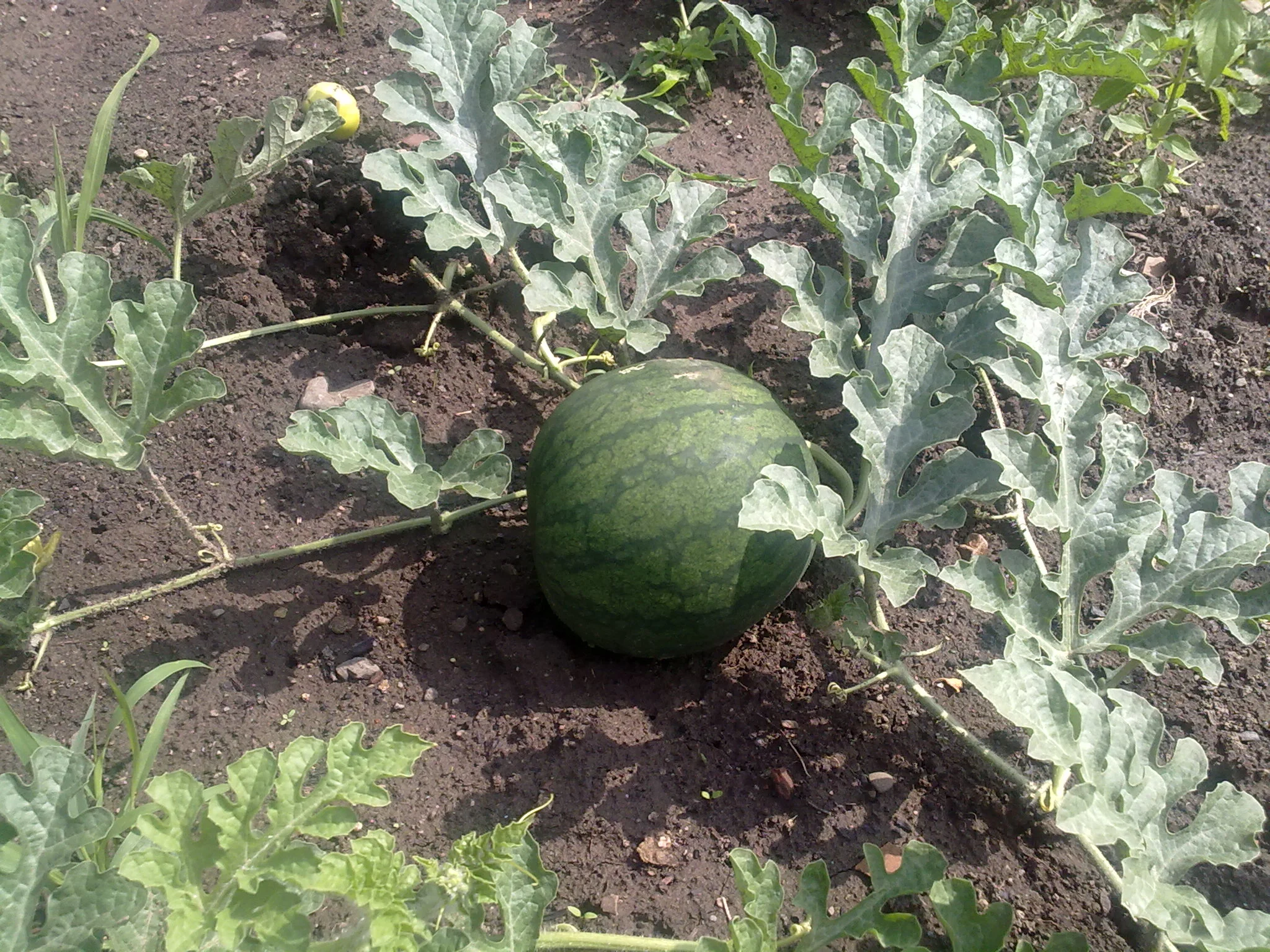
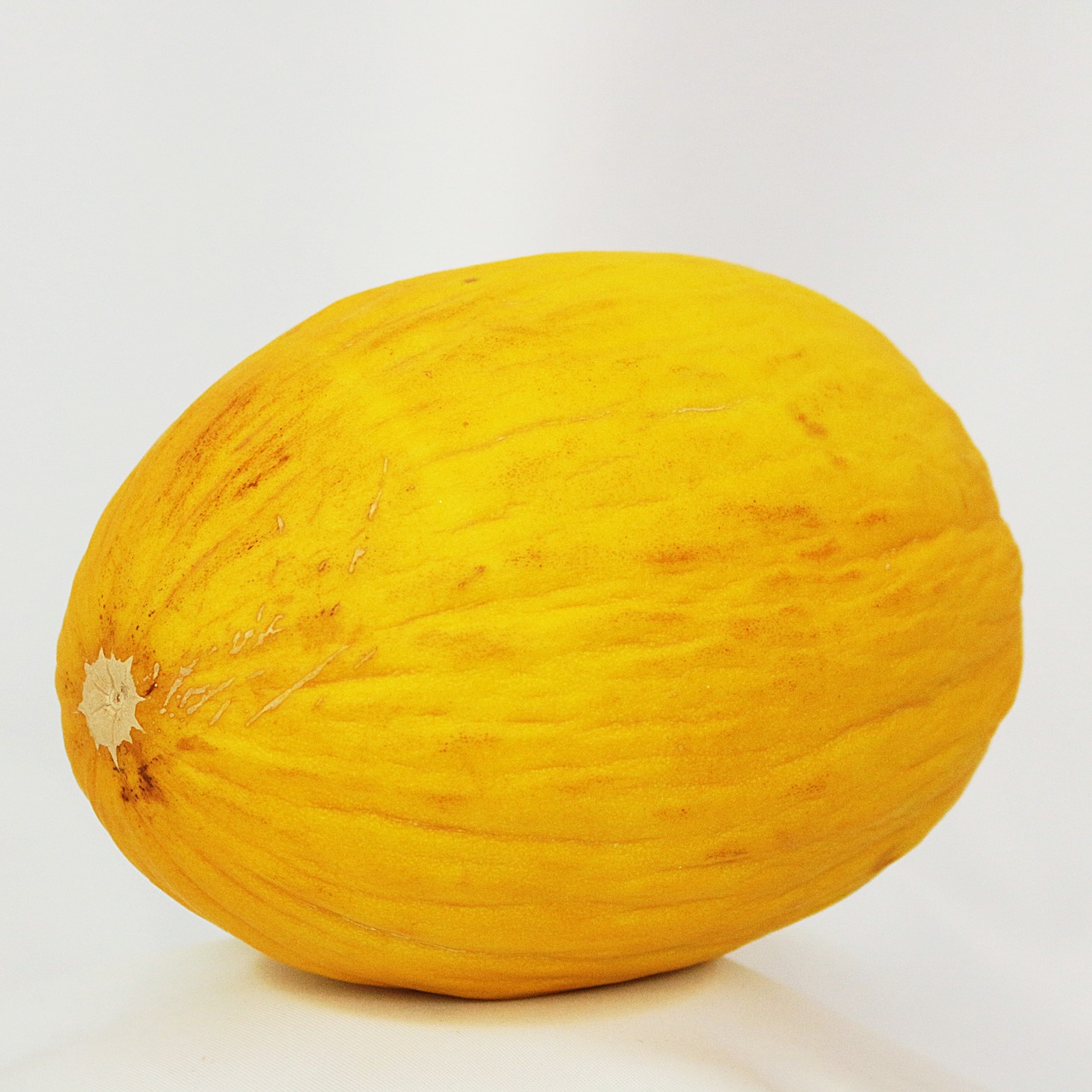
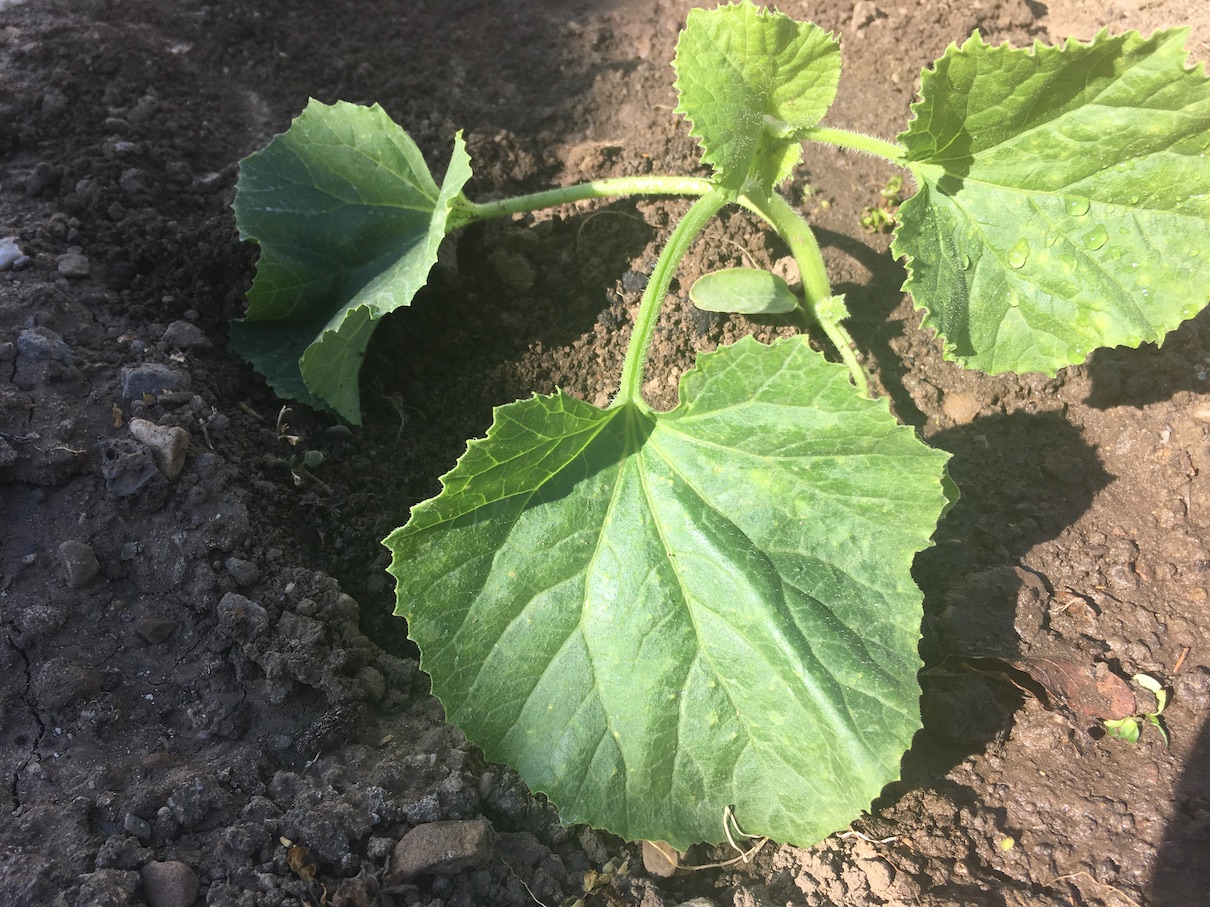
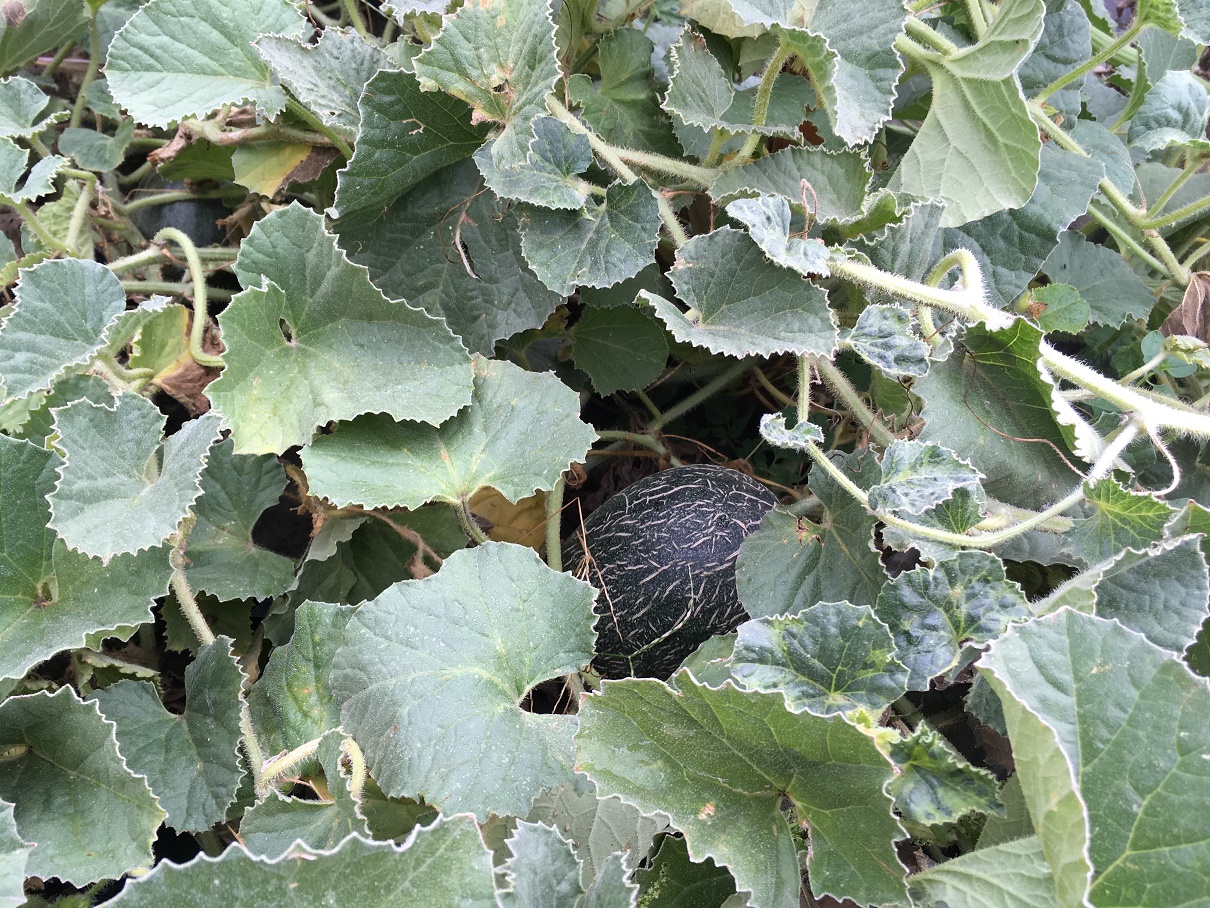
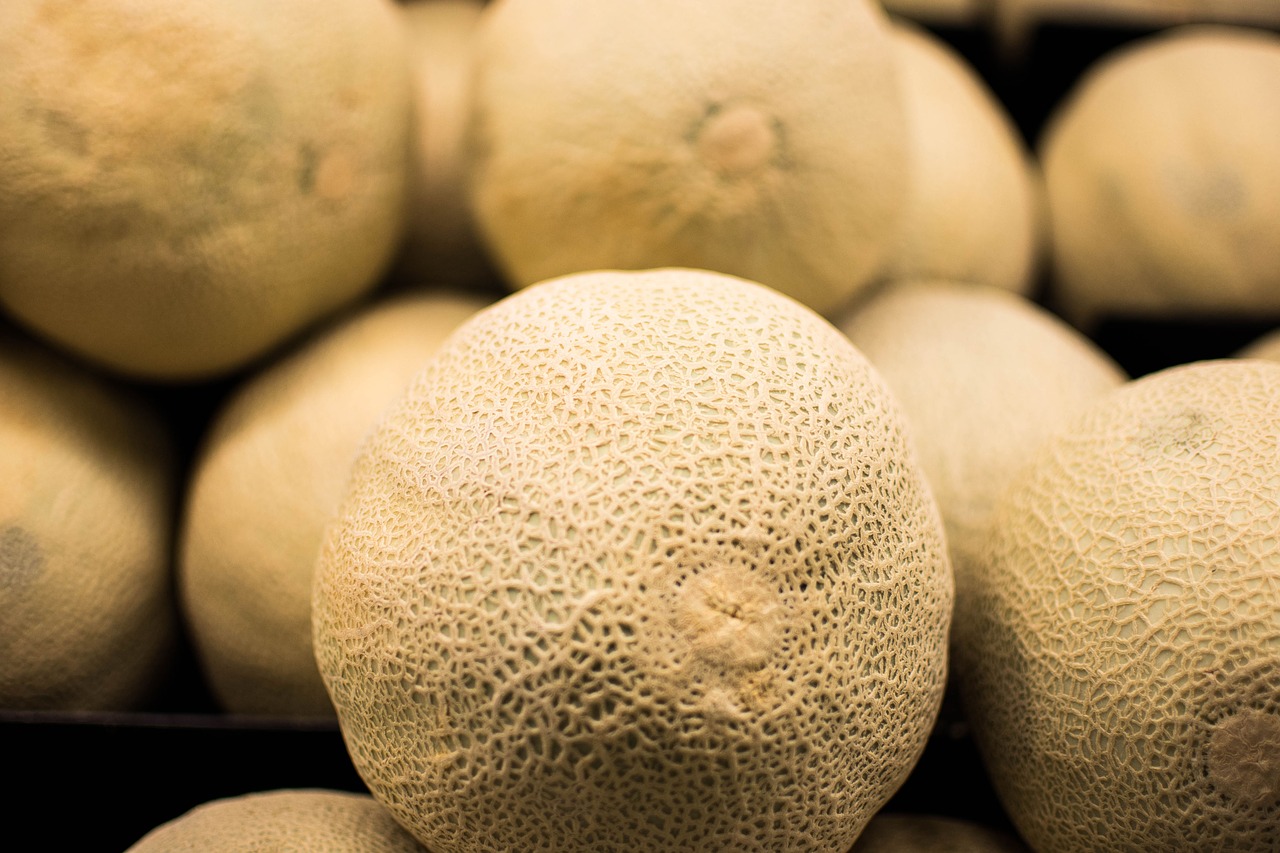








0 comments